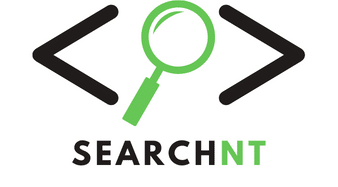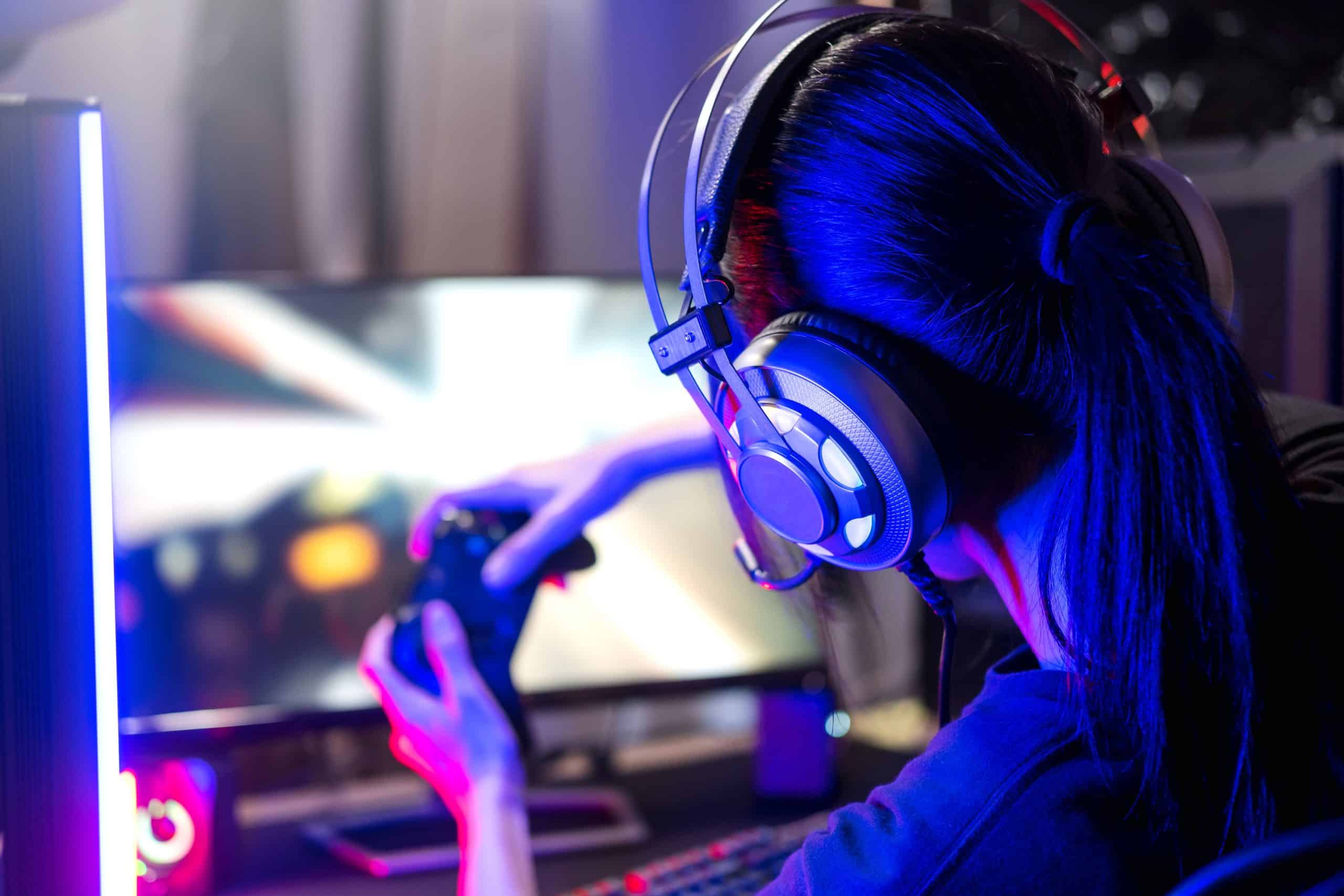Is there a connection between your sleep and your health? Increasingly, the answer seems to be a resounding yes. With the advent of modern technology, understanding and monitoring sleep patterns has become more accessible. This is made possible through innovative devices that are gaining popularity – wearables. These wearable trackers are engineered to gather vital data about your sleep patterns over time. This data is then used to provide insights into your overall well-being. But how exactly do these devices work? And what benefits can they offer?
Wearable Devices: The Science Behind Sleep Tracking
You may be wondering: what makes wearable sleep trackers reliable, and how exactly do they work? These devices utilize an assortment of sensors and algorithms to monitor body movements, heart rate, and ambient noise, among other factors.
In the same genre : What Are the Prospects for Offshore Wind Farms in the UK’s Renewable Energy Mix?
Most wearables use a method referred to as actigraphy – a technique used to study sleep by monitoring rest and activity cycles. The device on your wrist detects movements via its accelerometer and uses this data to determine if you’re awake or asleep. Thus, wearables track your sleep not by directly observing brain activity but by tracking movement and other indicators.
Another essential function of sleep trackers is heart rate monitoring. The heart rate data, combined with motion data, allows the device to make informed guesses about your sleep stages. Newer models of wearables are now incorporating technology that can monitor oxygen levels in the blood, giving even more in-depth insights into sleep quality.
Also read : Can Smart Home Ecosystems Automate Energy Saving in UK Households?
The PSG (polysomnography) test, which is the gold standard of sleep studies, monitors several body functions during sleep, including brain activity, eye movement, heart rate, and blood pressure. It’s important to note that while wearables are not as accurate as a PSG test, they are certainly beneficial for tracking sleep patterns over a longer period and in the comfort of one’s home.
The Power of Data: In-Depth Sleep Analysis
Sleep trackers are more than just devices that count how long you’ve been asleep. They gather valuable data that provides an in-depth analysis of your sleep patterns. This includes total sleep time (TST), sleep efficiency, and the frequency of awakenings during the night.
Total Sleep Time (TST) is the actual amount of time spent sleeping. Sleep trackers measure TST by subtracting the amount of time you’re awake from the total time you spend in bed. This is important, as getting less than the recommended amount of sleep can have severe health implications.
Sleep efficiency is the percentage of time you spend asleep while in bed. A higher percentage indicates better sleep quality. This data is particularly beneficial for those struggling with insomnia or other sleep disorders.
The frequency of awakenings is another vital data that sleep trackers record. Frequent awakenings can disrupt sleep quality and lead to feelings of tiredness upon waking.
The Intersection of Sleep and Health: The Bigger Picture
There have been numerous studies demonstrating a clear link between poor sleep and a host of health issues, such as cardiovascular disease, obesity, and mental health disorders. By providing tangible data on sleep patterns, wearables enable users to make necessary lifestyle changes.
For instance, a consistently high heart rate during sleep could indicate stress or anxiety, while frequent awakenings could signal sleep apnea. Consequently, by tracking these patterns over time, wearables empower users to seek professional help when needed.
Moreover, sleep trackers also provide personalized recommendations based on the collected data. This ranges from optimal sleep-wake times to lifestyle suggestions such as incorporating mindfulness techniques before bedtime or dietary changes.
Notable Wearable Brands: Garmin and Beyond
Among the plethora of sleep tracking devices available in the market, Garmin wearables stand out for their advanced sleep monitoring capabilities. They utilize a combination of movement, heart rate variability, and Pulse Ox (oxygen saturation) to offer detailed insights into light, deep, and REM sleep stages, along with the awake times.
However, Garmin is not the only player in the game. Brands like Fitbit, Apple, and Withings also offer sleep tracking features with their wearables.
While it’s clear that these devices are not a replacement for professional medical advice or diagnostic tools, they do offer a valuable insight into your sleep health, serving as a helpful first step towards understanding and improving your sleep habits.
Remember, with the right understanding and the use of technology, we can all pave the way towards better sleep and, consequently, better overall health. Embrace the power of these advanced wearables and let them guide you to a healthier sleep pattern.
Sleep Stage Detection: The Future of Sleep Tracking
The detection of various sleep stages is the next frontier in sleep tracking technology. The various sleep stages, namely light sleep, deep sleep, and REM sleep, play distinct roles in the overall sleep quality and, by extension, the overall physical and mental health.
The Garmin Vivosmart, Fitbit, and some other advanced wearable devices are equipped with the capability to track these sleep stages. They utilize a complex algorithm that incorporates movement data, heart rate variability, and oxygen levels during sleep to determine the specific sleep stage.
The data collected gives a comprehensive view of the user’s sleep pattern. It can show the amount of time spent in each sleep stage, the frequency of switching between stages, and any irregularities in the pattern. These details can be incredibly helpful for improving sleep quality. For instance, it is known that deep sleep is responsible for physical recovery, while REM sleep is crucial for memory consolidation. Thus, understanding your sleep stage distribution can help you tailor your habits for better sleep.
However, it’s worth noting that while these advancements in wearable technology are remarkable, they do not match the precision of a PSG device used in professional sleep studies. The Bland-Altman plots, a method used in statistics to measure agreement between two different tests, show that while wearables provide useful data, they have inherent limitations and should be viewed as a supplement rather than a replacement for professional medical advice.
Conclusion: The Implications of Sleep Tracking for Public Health
The increasing popularity of wearable devices for sleep tracking is indicative of a broader societal realization of the importance of sleep for overall health. Sleep trackers are no longer seen as mere gadgets; they’re seen as tools for health optimization.
These devices, by providing users with insights into their sleep patterns, have the potential to contribute significantly to improving public health. They allow users to keep tabs on their sleep health, identify potential issues, and seek professional help if necessary.
Moreover, they encourage users to take an active role in managing their sleep habits. They offer personalized recommendations to enhance sleep quality, which can range from changing bedtime routines to dietary changes. This active involvement can lead to more sustainable and long-term solutions to sleep problems.
It’s important to remember that while sleep trackers provide valuable data, they do not diagnose or treat sleep disorders. They should be used in conjunction with professional medical advice.
In conclusion, the rise of wearable technology and sleep tracking devices signifies a promising advance in public health. With the right usage, these devices can indeed serve as powerful tools to promote better sleep hygiene and overall health. The future of sleep health seems bright with the ongoing advancements in sleep tracking technology.











